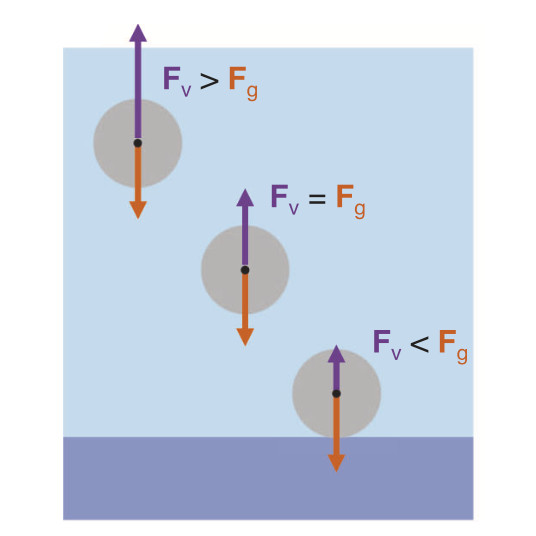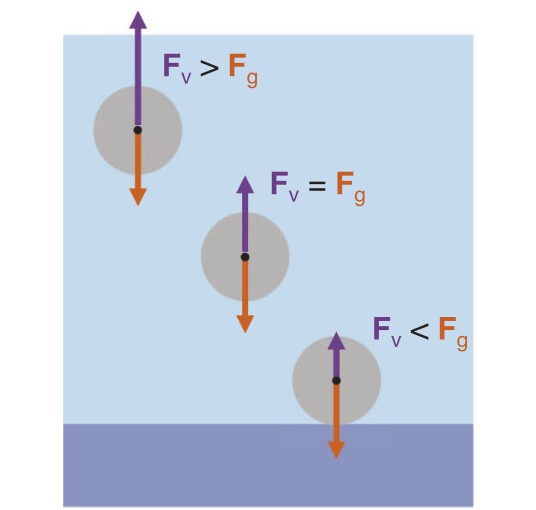
Giorgio Volpe, Clemens Bechinger, Frank Cichos, Ramin Golestanian, Hartmut Löwen, Matthias Sperl and Giovanni Volpe
npj Microgravity, 8, 54 (2022)
doi: 10.1038/s41526-022-00230-7
In the last 20 years, active matter has been a highly dynamic field of research, bridging fundamental aspects of non-equilibrium thermodynamics with applications to biology, robotics, and nano-medicine. Active matter systems are composed of units that can harvest and harness energy and information from their environment to generate complex collective behaviours and forms of self-organisation. On Earth, gravity-driven phenomena (such as sedimentation and convection) often dominate or conceal the emergence of these dynamics, especially for soft active matter systems where typical interactions are of the order of the thermal energy. In this review, we explore the ongoing and future efforts to study active matter in space, where low-gravity and microgravity conditions can lift some of these limitations. We envision that these studies will help unify our understanding of active matter systems and, more generally, of far-from-equilibrium physics both on Earth and in space. Furthermore, they will also provide guidance on how to use, process and manufacture active materials for space exploration and colonisation.
